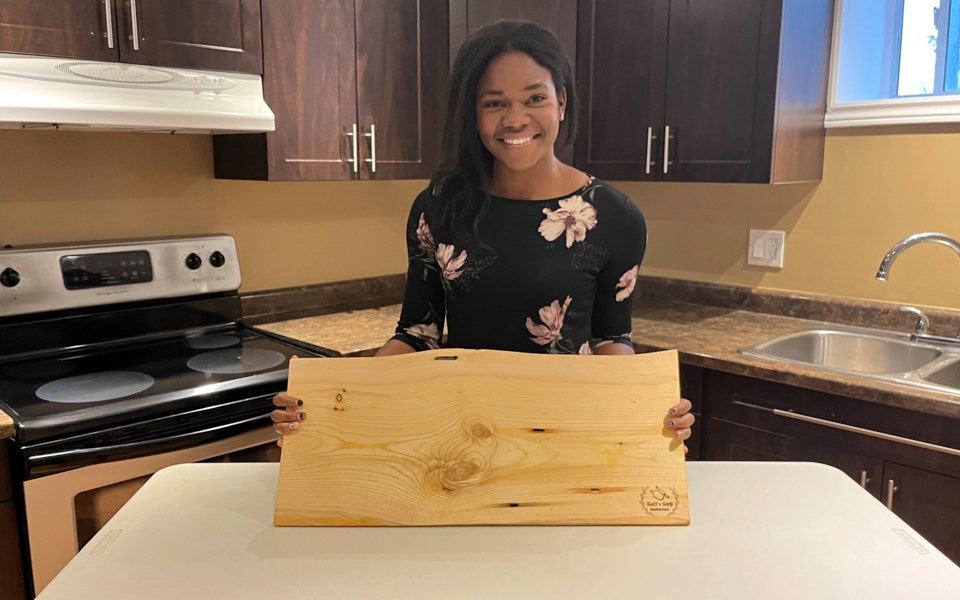A new series is putting diversity in the spotlight.
The Timmins Diversity Awareness Project has released two videos, with two more on the way, to highlight different communities within the city.
Madison Mizzau, the communications development consultant with the Timmins Economic Development Corporation (TEDC), says the reaction so far has been positive, and the videos have been shared around social media since they were released.
The first two videos were released on Sept. 29, with another expected next week.
One of the videos features Noémie Rodrigue, who runs Sweet and Salty Charcuterie.
She was adopted from Haiti as a baby and grew up in Timmins’ francophone community, moving here with her family when she was four months old.
She said the videographer for the project, Zach Cassidy with Casa di Media productions, approached her about it, and her answer came easily.
“I jumped right away. I was like, oh yes, absolutely," she recalled.
Her story, shared in the video, is about her experience being the only Black child at school and one of only a few Black people in Timmins at the time, and how the changing demographics in Timmins are an asset to the city.
The video revealed her point of view, even to those who she’s known for years.
“Even people that knew me, or that I went to school with didn’t know that was part of me, part of my story, and things they didn’t know I went through,” said Rodrigue.
She is sure that sharing stories and cultures will reassure those who are wary of newcomers to Timmins.
Being adopted added another level to her experiences, both in Timmins and when she attended Collège la Cité in Ottawa.
“I was surrounded by white people, and then at school when I went to Ottawa there were so many Black people but I didn’t fit in.”
She said that curiosity about others and their backgrounds has driven her to share, in the hope others will want to do the same.
The other video featured Jules Tapas, an Anishinabek traditional healer and therapist at the Misiway Milopemahtesewin traditional-healing facility.
Tapas shared stories of being a child of residential school survivors, but also healing, and finding comfort in his culture in his video.
"When you're honoured from your birth.... your first walk, your first talk, there's no way you become abusive, there's no way you want to kill yourself, because you have a lot to live for, because your people love you," he says in the video, when speaking about how ceremony is a key part of learning and growing as an Indigenous person.
He also says a lack of understanding from non-Indigenous Canadians limits how those people can see Indigenous culture, and interact with it.
"People have a stereotype. They think everyone they see is a drunk, an addict. That's tunnel vision," he said.
He hopes future generations will have pride in their Indigenous cultures, can share it with others, and take part in cross-culture teaching.
TEDC has been pushing for more immigration to the region, including participation in the Northern and Rural Immigration Pilot through the federal government, which looks to bring skilled workers to Timmins from around the world.
“The videos are meant to foster a welcoming community in Timmins, and promote cross-cultural connection,” said Mizzau.
The videos are available on the TEDC website.



